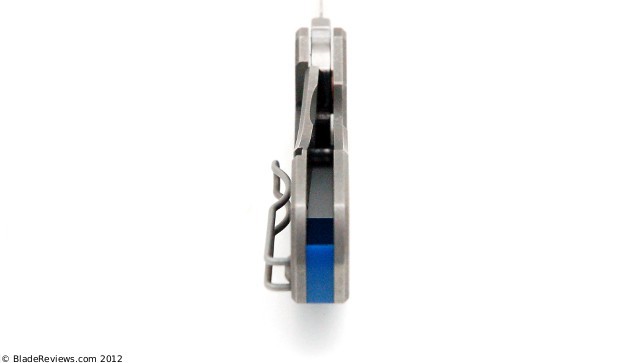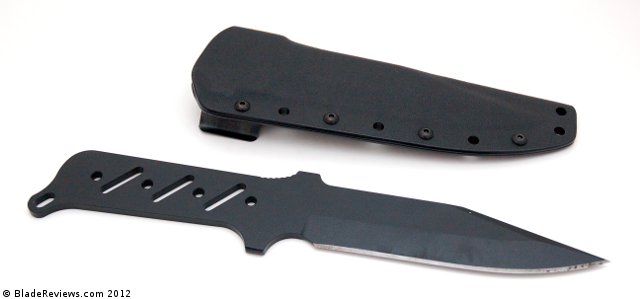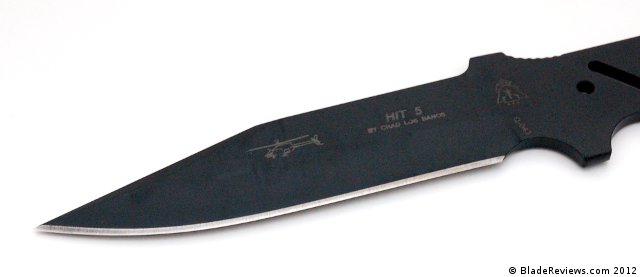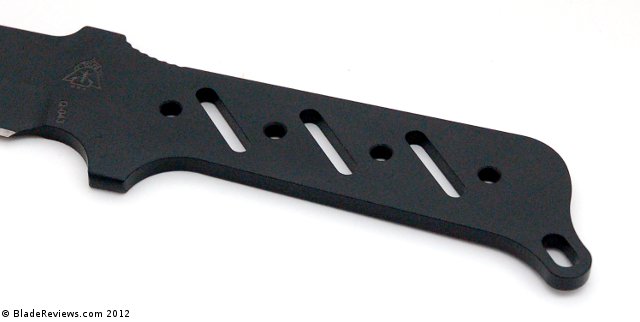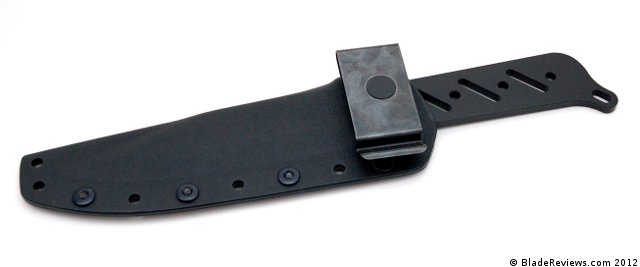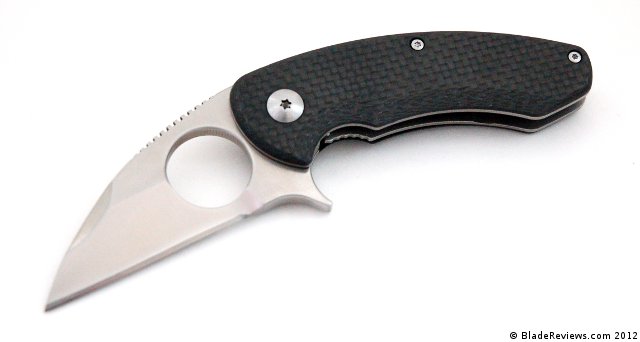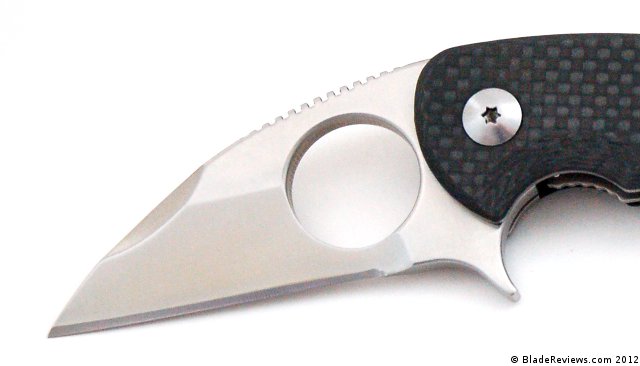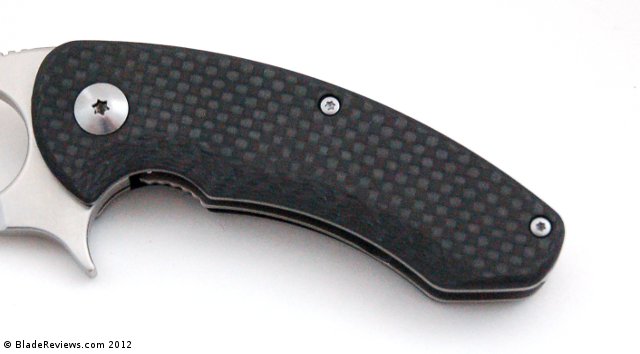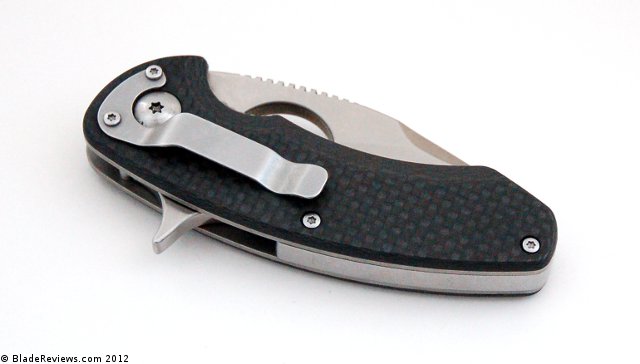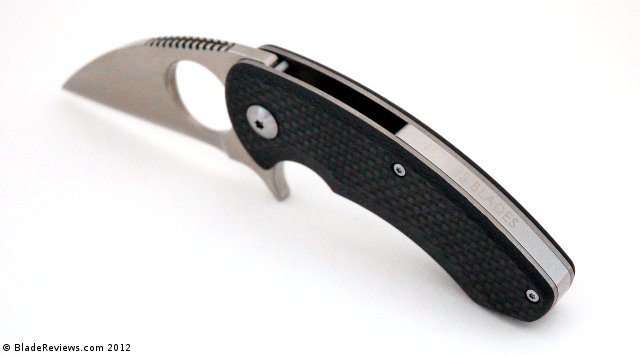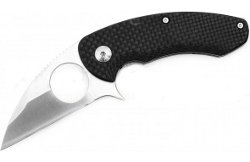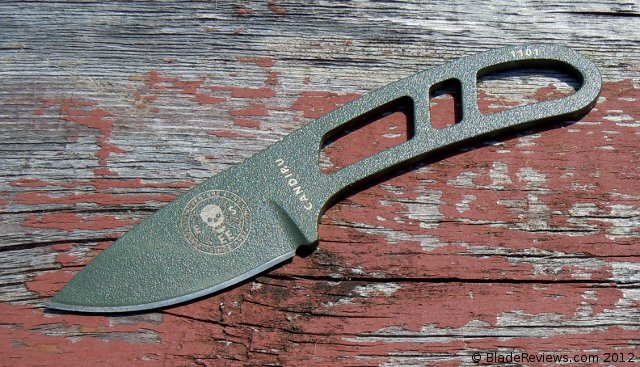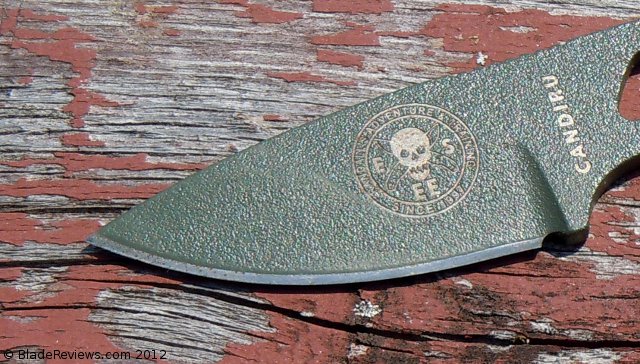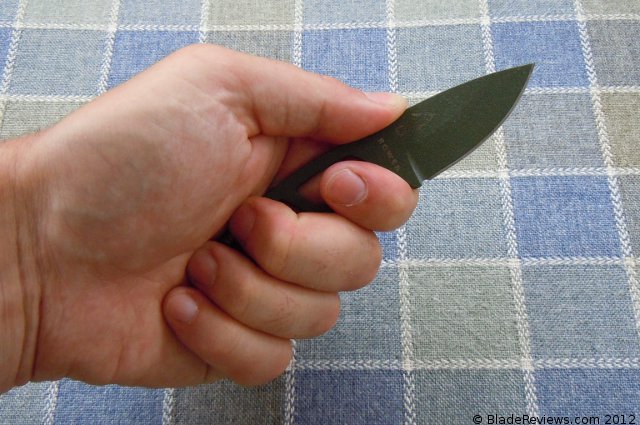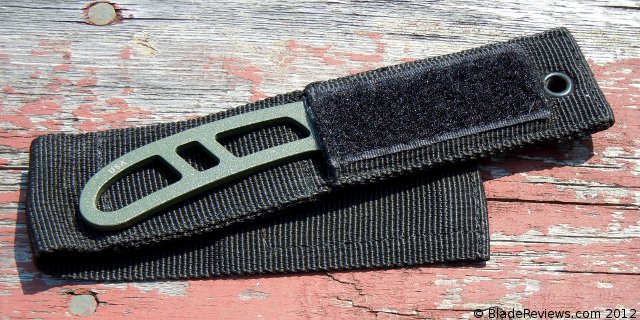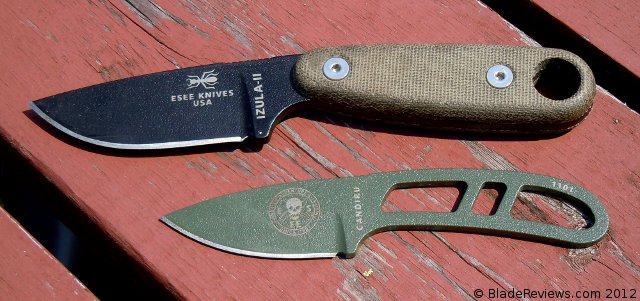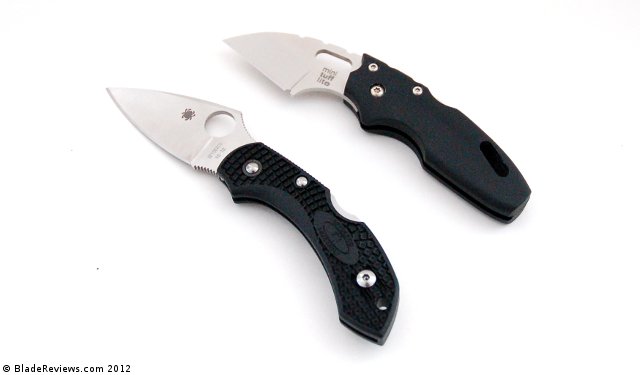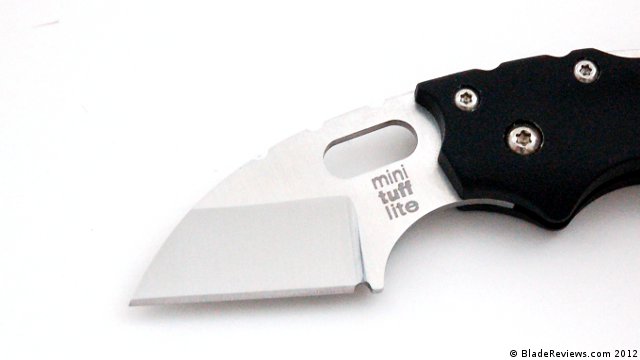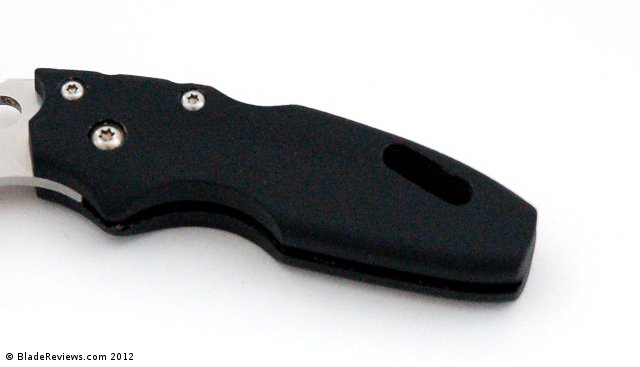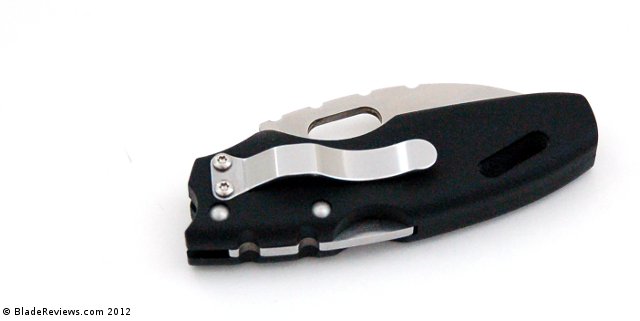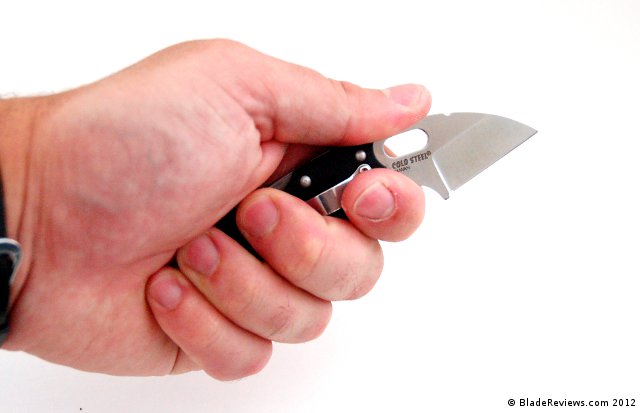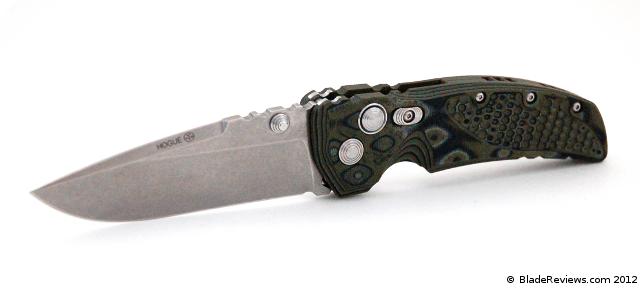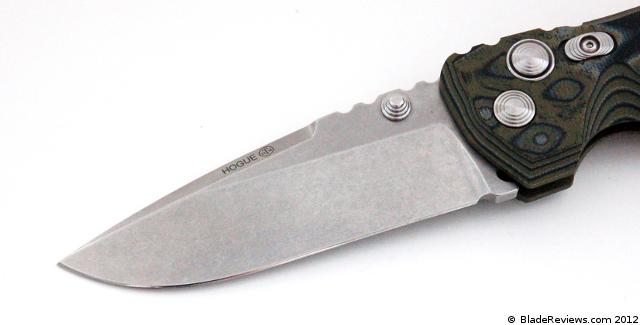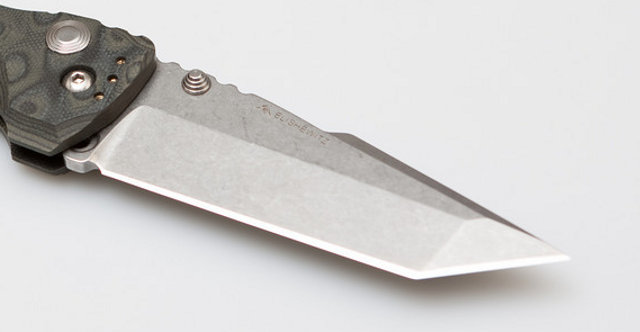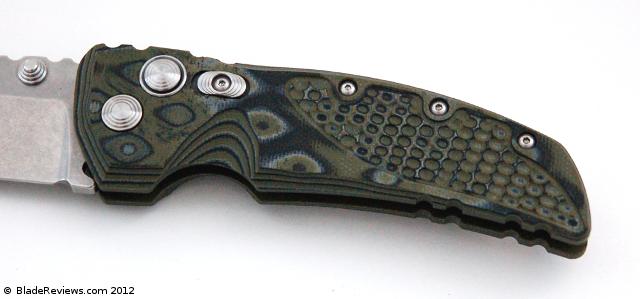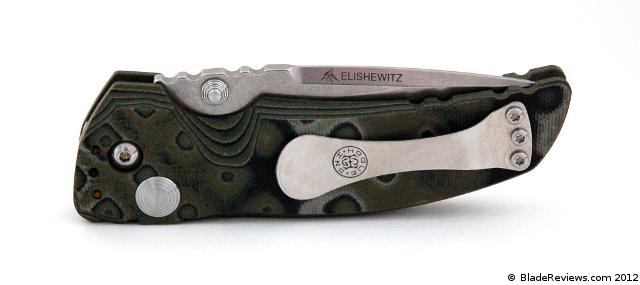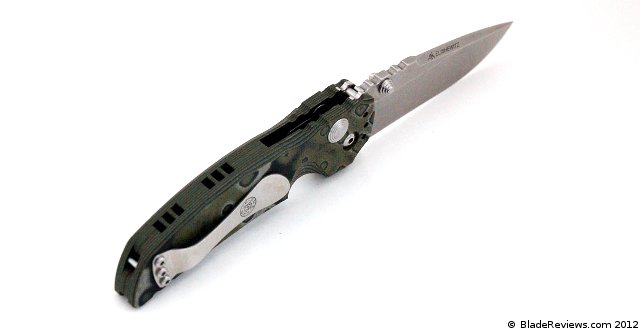Last Updated: August 4, 2019
The Spyderco Techno is a small titanium framelock folder with all the fixings. It is designed by Polish maker Marcin Slysz, who doesn’t seem to have much in the way of background information on the internet. According to Spyderco, Marcin is an extremely talented knifemaker of international repute.
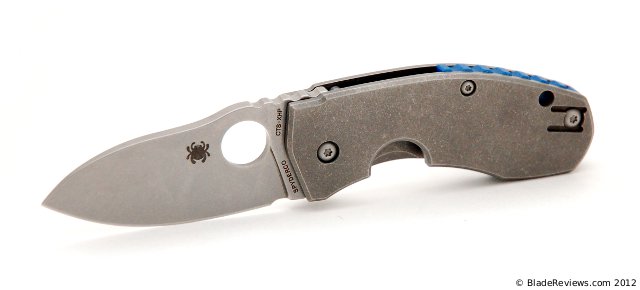
Buy the Spyderco Techno at BladeHQ
I must admit, the knife designer’s pedigree isn’t what drew me to this one. Rather, I was taken in by the Techno’s charming design. Featuring bold lines and plenty of personality, this one really struck a chord with me. The fact that this knife also includes CTS-XHP supersteel and 6AL-4V titanium handles further piqued my interest. And when I learned it would be produced at Spyderco’s now legendary Taichung Taiwan facility, well, that sealed the deal.
General Dimensions and Blade Details
With an overall length of 6″, a 2.55″ blade, and a weight of 3.6 ounces the Techno falls firmly into what Spyderco likes to call “little big knife” territory. This a nice little nugget of a knife. It’s a great size for EDC and would also do well in anyone’s collection of titanium framelock folders.
The drop point blade has been fully flat ground from a very thick (4.5mm) piece of steel. Out of the box I wasn’t super impressed with how this knife cut paper, but I quickly gained respect for the Techno after attacking some super tough 5/8″ manilla rope, and carving up a pressure treated piece of pine. While the thick blade is not the most amazing slicer, the knife is ground relatively thin so you still have a capable cutter on your hands. The thick stock carries out all the way to the tip, leaving you with a stout blade able to handle a large variety of tasks.
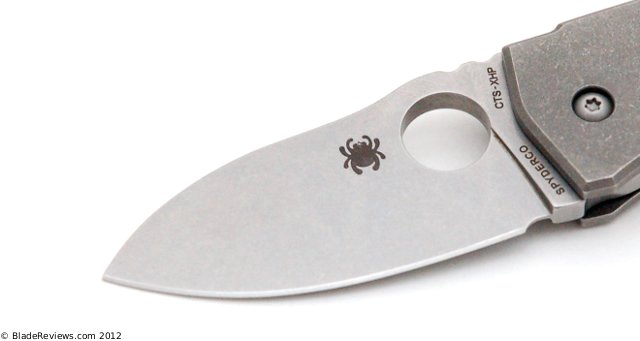
Spyderco selected CTS-XHP steel, which has previously never been used on a production level Spyderco knife. This is also my first experience with CTS-XHP, and I was eager to try it out.
So far my experience with CTS-XHP has been extremely favorable. It’s a powdered stainless steel with an ultra fine grain structure. When I sharpened the knife I didn’t have any issues and it has held a hair shaving edge through a number of nasty cutting chores including the aforementioned rope and wood tests, a good deal of cardboard, and a number of little EDC tasks that I encountered in my several weeks of carry time. The edge holding was extremely impressive, I had no issues with chips or rolling, and saw no signs of rust or staining either. I would definitely place CTS-XHP above something like S30V, and I look forward to spending more time familiarizing myself with this steel.
Handle, Ergonomics, and Pocket Clip
The handle slabs are full titanium, and they have been given a tumbled finished for an attractive and easy wearing look. The handles have a smooth feeling to them (contrast it with a blasted finish on something like the small Sebenza), but it feels really high quality, and there actually is a decent amount of grip. There is a partial backspacer made of blue G10. I know some guys will really like the blue G10. Personally, I would have preferred to see titanium or carbon fiber instead. This is one of those “your mileage may vary” situations, so feel free to disagree. Overall, handle construction is rock solid. Everything screws together and all the edges have been nicely chamfered and meticulously finished. It’s really very impressive, and difficult to describe in a single paragraph.
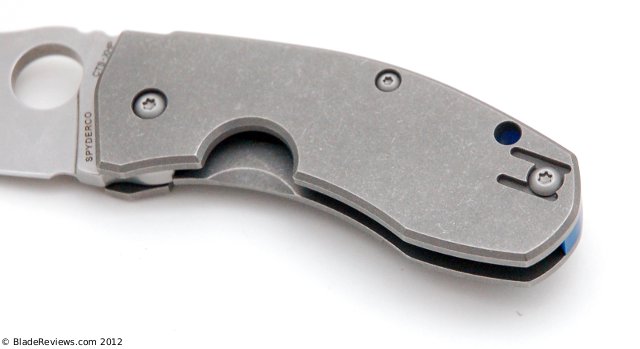
The ergonomics on this knife are surprisingly good. It’s a small blade so naturally I wasn’t sure how it would fit my larger hand, but I can get a comfortable 4 finger grip here without issue. There is a run of coarse jimping on the spine that looks good and provides a little traction for your thumb. The back of the blade is also wide enough to accommodate your thumb, giving you plenty of room if you desire it. There is more jimping on the backspacer. Again, it is more for decoration than anything, but it does offer some traction. There are definitely more comfortable knives on the market (consider the Sage 2 if you want to keep it reasonably small and also in the Spyderco titanium framelock family), but all in all I am very pleased with how this knife feels in hand.
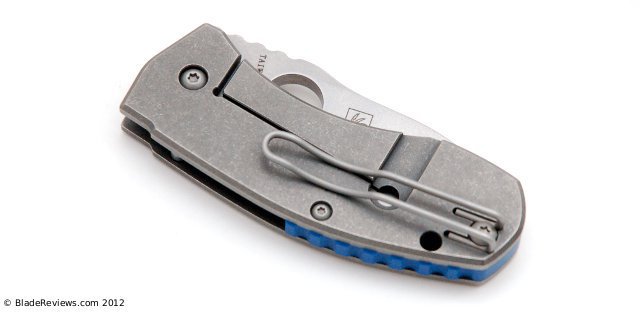
The pocket clip is the excellent Spyderco wire clip. This is a proven clip design that I personally have had a lot of experience with. This one has been sandblasted for a unique finish that will wear well, and it is positioned for ambidextrous tip up carry. I happen to be a big fan of the wire clip, and think Spyderco did an excellent job integrating it with the Techno. The knife rides very deep, and makes for an extremely discrete carry. At 3.6 ounces I did tend to notice this one in my pocket but, it’s not going to weigh you down.
Deployment and Lockup
Since this is a Spyderco, deployment is made possible by a thumb hole – this time of the 13mm variety. It is well placed for right hand access, and is easy enough to get at with your thumb. Unfortunately, lefties will have a slightly different story. The thumb hole is partially blocked by the titanium lock bar, and it is difficult to access with the left thumb. I can pinch out the blade with my thumb and middle finger, but don’t expect to open this like a normal Spyderco. I can also sort of flick the knife open with my index or middle finger, but really it is a design with right handed people in mind. I still like the knife despite these issues, but it’s definitely something to consider if you are a lefty eying this design.
The detent is firm, but the blade gives way to very smooth action aided by the phosphor bronze washers. Initially the knife was a little stiff, but that is because the tolerances are so tight. Mine almost immediately started to break in, and within a week or so of use it is became very smooth.
For lockup we have a titanium frame lock. Spyderco pays homage to the lock’s designer Chris Reeve, and refers to it as a Reeve Integral Lock (RIL) in the Techno’s documentation. This is a nice touch in an era of intellectual property shenanigans.
Practically speaking, I am extremely impressed with how this knife locks up. I hate to use hokey catch phrases like “this knife locks up like a bank vault,” but this knife locks up like a bank vault. It’s really impressive to slowly move the blade and hear the chunky framelock fall into place. My lock engages early (around 25%), hasn’t budged a millimeter (even after hard use and repeated flicking of the blade open), and there is zero blade play to speak of. Much like the finish of the titanium handles, you just have to feel this one for yourself to truly appreciate how nice it really is. It blows the Sage 2 out of the water, and gives the Chris Reeve Knives I’ve owned a good run for their money.
Spyderco Techno Review – Final Thoughts
Spyderco has another winner on their hands here. From a fit and finish perspective this knife is immaculate. If you have owned any of Spyderco’s other Taiwanese knives you will begin to understand where I am coming from, but even for their Taiwanese factory this knife is impressive. No doubt fans of Spyderco and titanium framelocks will find a lot to like with this little knife. It’s just really well done.
Now that I am done gushing over the knife I do have some caveats for you. First of all, it is expensive and small. I don’t necessarily have a problem with either of those things, but I’m not going to say this knife is for everyone either. From a cutting perspective the geometry is a little chunky. Spyderco did thin the blade out, but the relatively narrow profile and thick stock has its limitations. Also, the ergonomics are good, but not outstanding. So the Techno is far from a perfect knife – at least on paper. However, if you are willing to overlook that sort of thing, and approach the knife from a wider perspective, then I think you will be very pleased with the Techno. It’s one of the most solid folding knives I’ve had the pleasure of reviewing, and the feeling of quality I get from this knife is difficult to describe.
I also have to “keep it real” for my fellow lefties. This really isn’t a knife designed for us. I’ve managed to overcome the opening adversity, but unless you really like the design I don’t think it is worth the struggle.
All in all I’m really impressed with the Techno. If you like smaller knives and have the money, check it out. It’s a very cool little knife.
- Collaboration with knifemaker Marcin Slysz
- Fully flat ground CTS-XHP blade
- Titanium handle with blue spacers
- Chris Reeve Integral Lock (RIL) with a deep pocket wire clip
- Closed Length (Inches): 3.43, Overall Length (Inches): 5.98, Blade Length (Inches):2.55, Blade Steel: CTS XHP, Grind: Full-Flat
I recommend purchasing the Spyderco Techno at Amazon or BladeHQ. Thanks for checking out the review.
